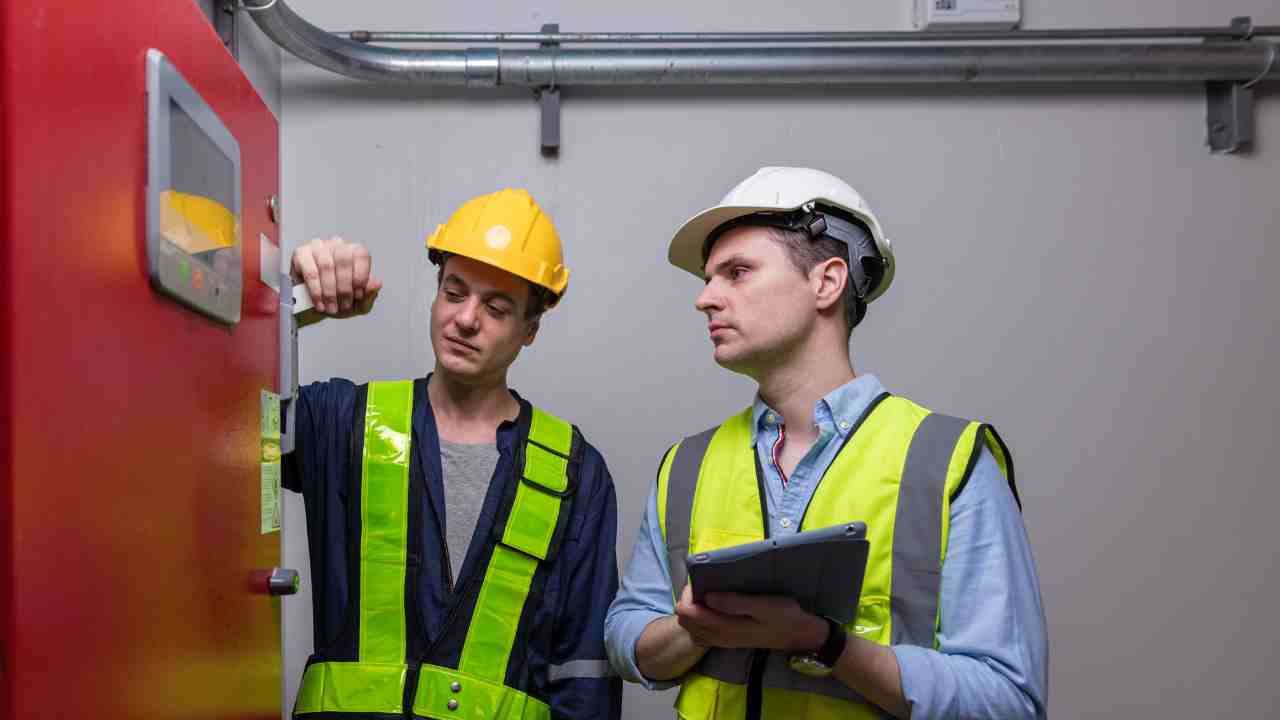Fire suppression systems are an important part of any building’s safety and security. They are designed to detect and extinguish fires quickly and efficiently, preventing them from spreading and causing further damage. Fire suppression systems can be used in commercial, industrial, and residential buildings, as well as in vehicles and other areas where fire is a risk.
The most common type of fire suppression system is a sprinkler system. Sprinklers are connected to a water supply and are triggered by a heat or smoke detector. When activated, the sprinklers will release water to put out the fire. Sprinkler systems are typically used in commercial and industrial buildings, and are often required by law.
Another type of fire suppression system is a gas-based system. These systems use a gas, such as carbon dioxide (CO2) or halon, to extinguish fires. Gas-based systems are often used in areas where water-based systems are not suitable, such as in computer rooms or other areas where water could cause damage. Bulk C02 sales for recharge are available for gas-based fire suppression systems.
Fire suppression systems can also use a combination of water and gas. These systems are typically used in areas where both water and gas are needed to effectively suppress a fire.
When installing a fire suppression system, it is important to make sure it is properly maintained. This includes regular inspections to ensure the system is working properly and is up to code. Proper way to inspect a fire suppression system includes checking for any signs of damage or wear, testing the system’s components, and ensuring all connections are secure.
In addition to regular inspections, it is also important to test the fire suppression system regularly. This can be done by activating the system manually or by using a fire simulator. Testing the system will ensure it is working properly and is ready to respond in the event of a fire.
Fire suppression systems are an important part of any building’s safety and security. They are designed to detect and extinguish fires quickly and efficiently, preventing them from spreading and causing further damage. It is important to make sure the system is properly maintained and tested regularly to ensure it is working properly and is ready to respond in the event of a fire. Bulk CO2 sales for recharge and proper way to inspect a fire suppression system are important considerations when installing and maintaining a fire suppression system.







